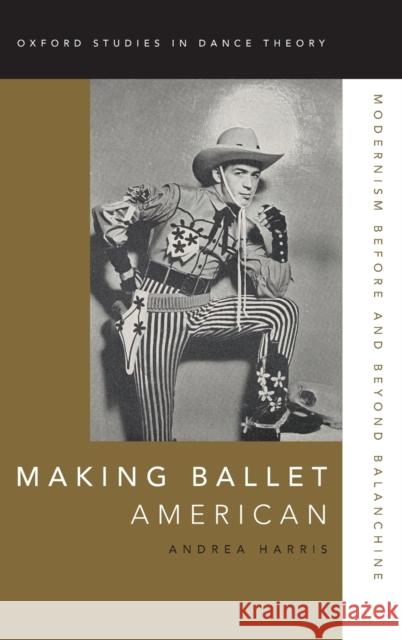Making Ballet American: Modernism Before and Beyond Balanchine » książka
Making Ballet American: Modernism Before and Beyond Balanchine
ISBN-13: 9780199342235 / Angielski / Twarda / 2017 / 284 str.
George Balanchine's arrival in the United States in 1933, it is widely thought, changed the course of ballet history by creating a bold and original neoclassical style that is celebrated as the first successful American manifestation of the art form. This book intervenes in the prevailing historical narrative and rebalances Balanchine's role in dance history by revealing the complex social, cultural, and political forces that actually shaped the construction of American neoclassical ballet. Situating American ballet within a larger context of literary, musical, arts, and dance modernisms, Making Ballet American examines a series of critical efforts to craft new, modernist ideas about the relevance of classical dancing for the country's society and democracy. The book's unique structure interweaves chapters focused on cultural and intellectual histories of ballet production and discourse with close examinations of three Americana ballets spanning the Depression, World War II, and Cold War eras. Through this blend of cultural and choreographic analysis, Making Ballet American illustrates the evolution of modernist ballet theory and practice during a turbulent historical period. Ultimately, the book argues that the Americanization of Balanchine's neoclassicism was not the inevitable outcome of his immigration or his creative genius, but rather a far more complicated story that spans several authors and continents and that pivots on the question of modern art's relationship to American society and the larger world.











